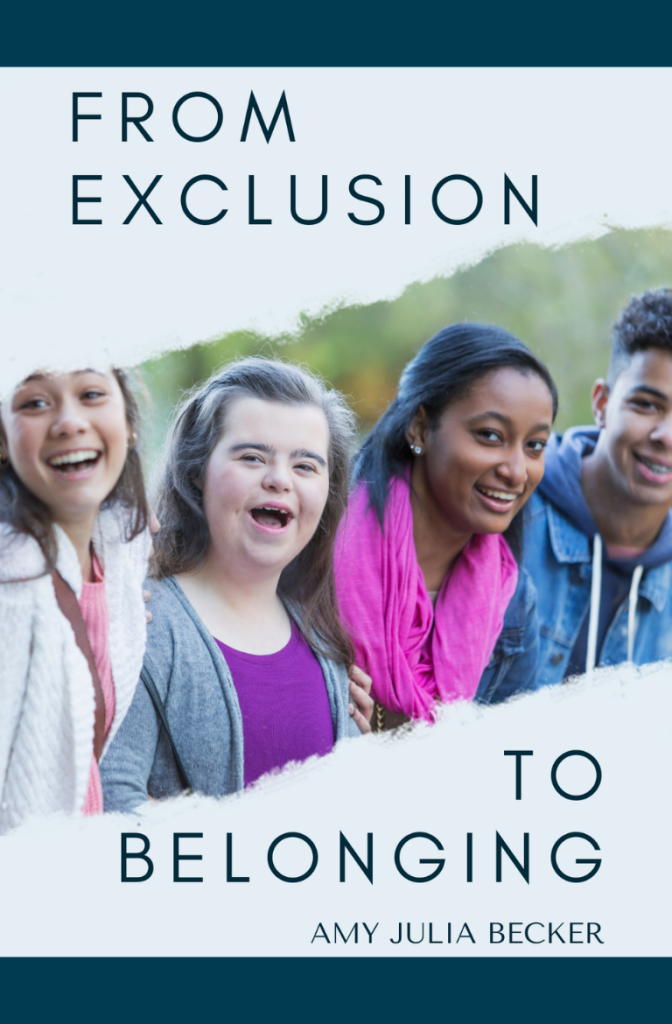I recently opened my Instagram inbox and found a DM from one of you. I love receiving your questions about all sorts of things—parenting, disability, faith. This is one I thought you would all appreciate about disabilities in Leviticus:
Question:
I’m reading Leviticus right now and it’s so disheartening to read chapters about women and especially difficult to read chapter 21 “no one who is blind or lame, or one with a mutilated face or a limb too long… (shall approach the temple).” I know that we are set free from the law in Jesus. But it’s still confusing that this is in the Bible at all… that some of our deep rooted ideas of people who are disabled being less than are written in down in plain sight. Do you have any thoughts around this? Or reading that you recommend?
My Answer:
The language and assumptions around disability in the Bible can be really hard to understand, especially when they seem to be excluding the very people that other parts of the Bible say are incredibly important to God.
The best response to Leviticus 21 I’ve found is in Brian Brock’s book, Disability. Basically, he says that there are two ways people have interpreted these passages. They have either said that these laws are no longer binding or that we should just interpret them allegorically—that they aren’t really about disability of the body but of the soul/heart.
But Brock offers a third way, what he calls a Christological reading in which:
“Jesus ends the quest set out in the law for a blemish-free act of worship. . . He is the perfect priest who fulfills the ceremonial law and does so hanging from a cross. The Jesus who is wounded and broken for us is, in this particular wounding, breaking, and even blinding, perfectly fulfilling the role of the priest of Israel. . . Jesus fulfills the quest for the perfect priest and sacrifice in an impaired and disabled body. In so doing God points forward to a corporate body of Christ that will include all sorts of bodies…”
I find Brock’s reading really compelling and hopeful. It doesn’t explain away the exclusion that people with disabled bodies experienced in the past, but it does make a way forward for us to fully value people in their bodies as they are and to celebrate the diversity of the body of Christ.
More with Amy Julia:
- Book: A Good and Perfect Gift: Faith, Expectations, and a Little Girl Named Penny
- Free Resource: Books About God’s Theology of Disability
- Is John 5 Ableist?
If you haven’t already, you can subscribe to receive regular updates and news. You can also follow me on Facebook, Instagram, Twitter, Pinterest, YouTube, and Goodreads, and you can subscribe to my Love Is Stronger Than Fear podcast on your favorite podcast platform.





This Post Has 2 Comments
“I am still having trouble understanding the concept. Can you please explain it to me again?”
Thanks for asking. Basically, Brock is saying that Christians can (and should) interpret all Scripture–the Old Testament and the New–through the lens of Christ. We look at Jesus’ birth, life, death, and resurrection as the way we understand everything else. So when Jesus takes on a “disfigured” body on the cross, and that very body is a means of salvation and life, we can trust that God is not against people with disfigurements or disabilities and in fact that they are incredibly welcome and beloved by God (as also evidenced by the way Jesus welcomes people with disabilities and speaks about who he identifies with.) Does that help?